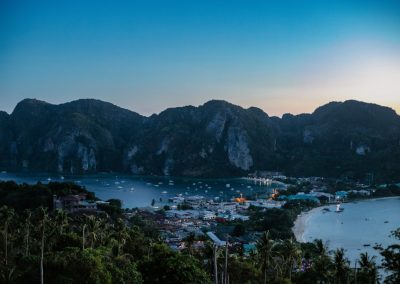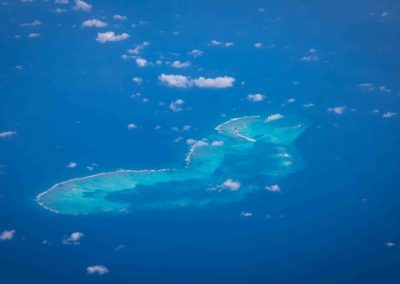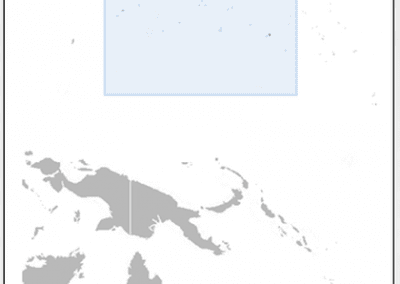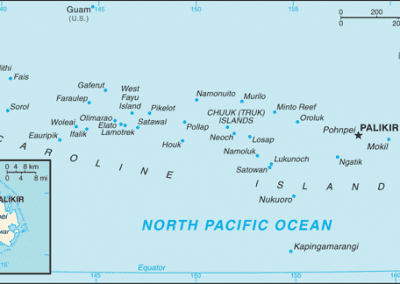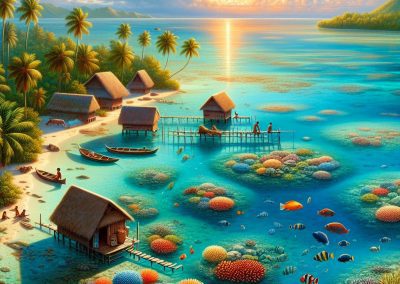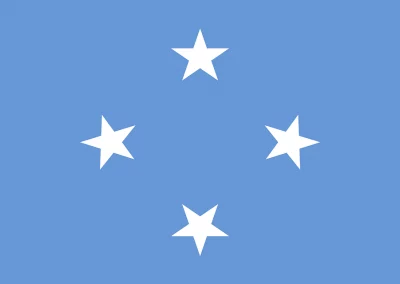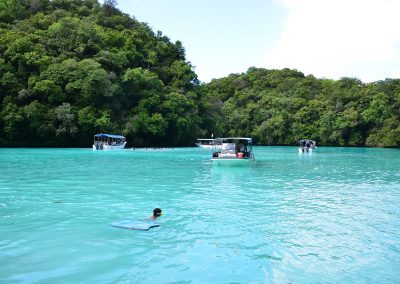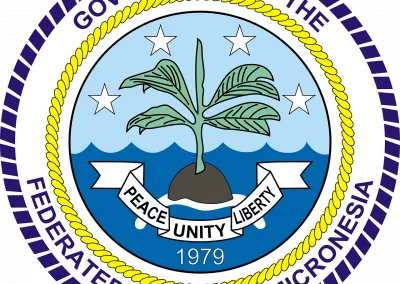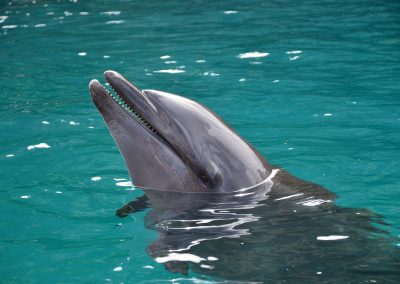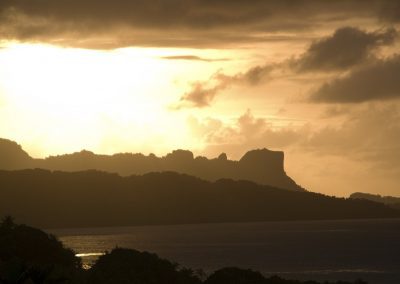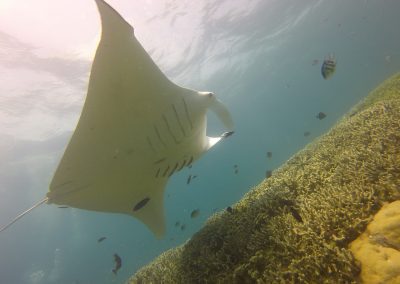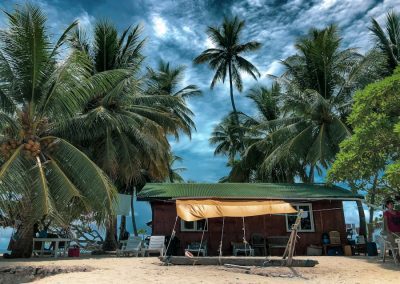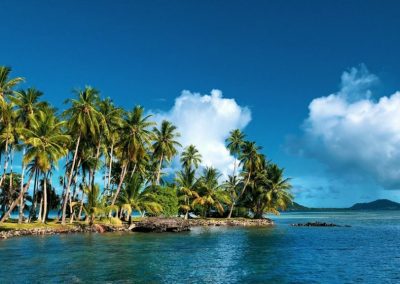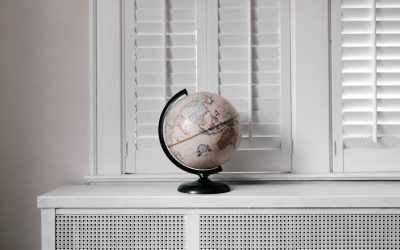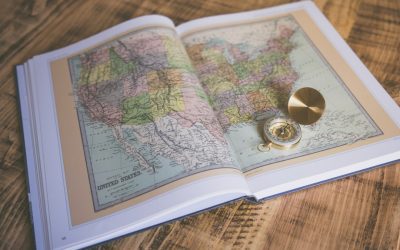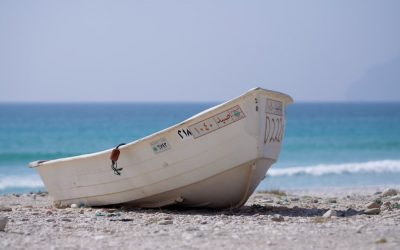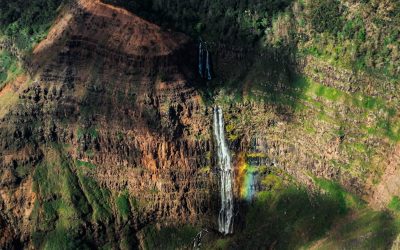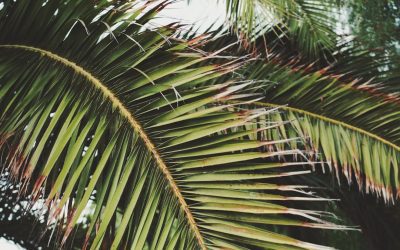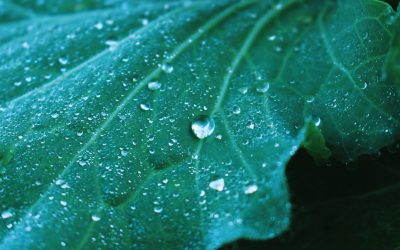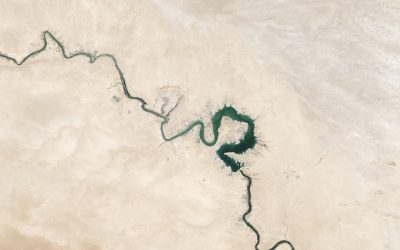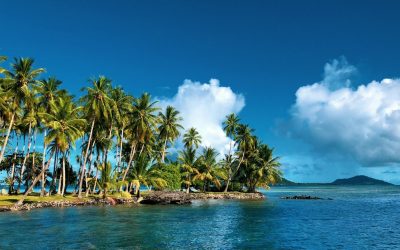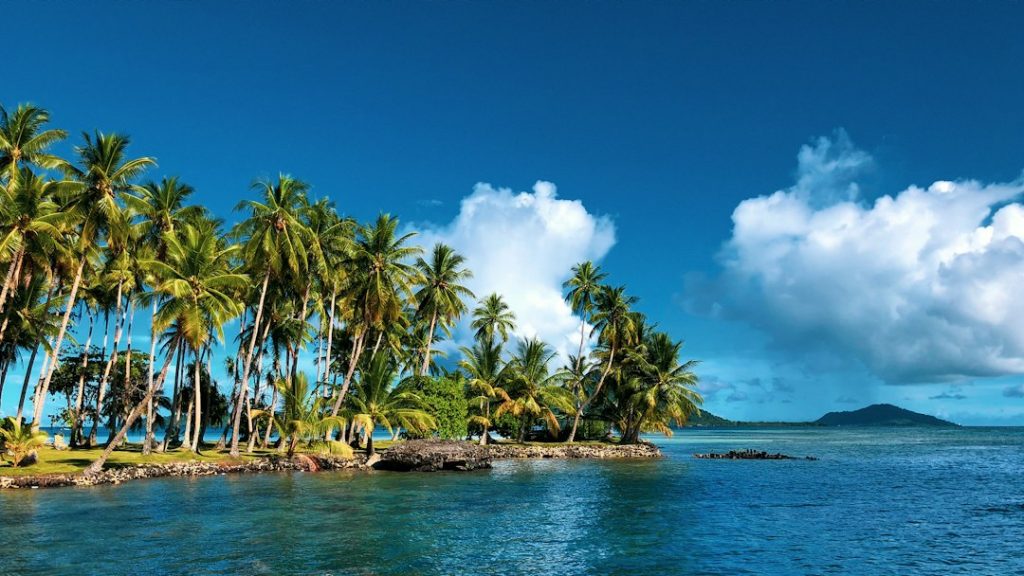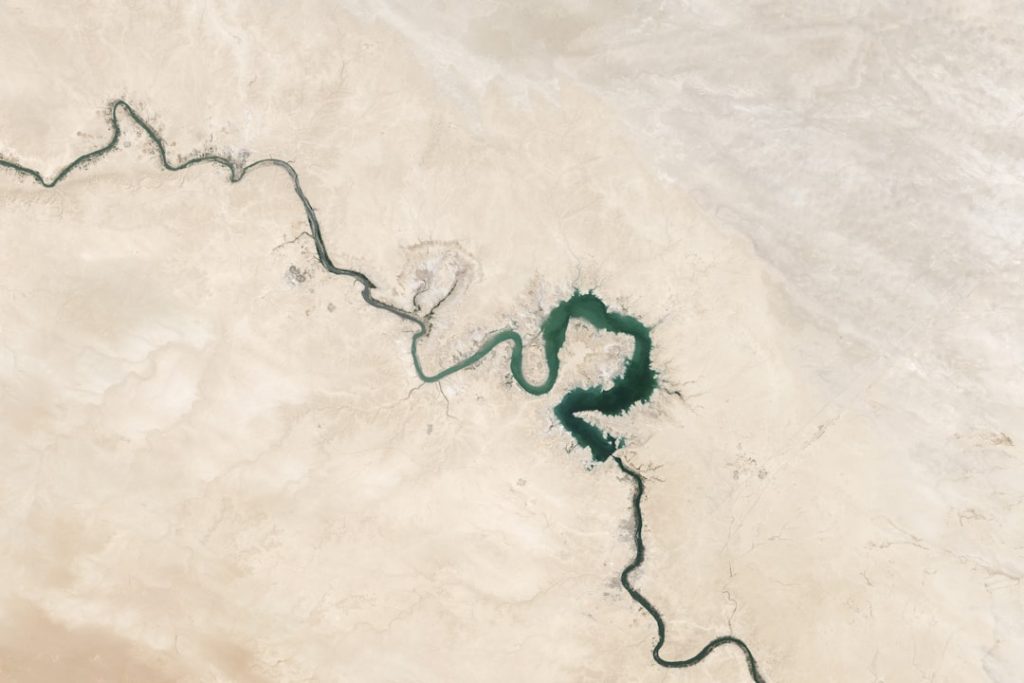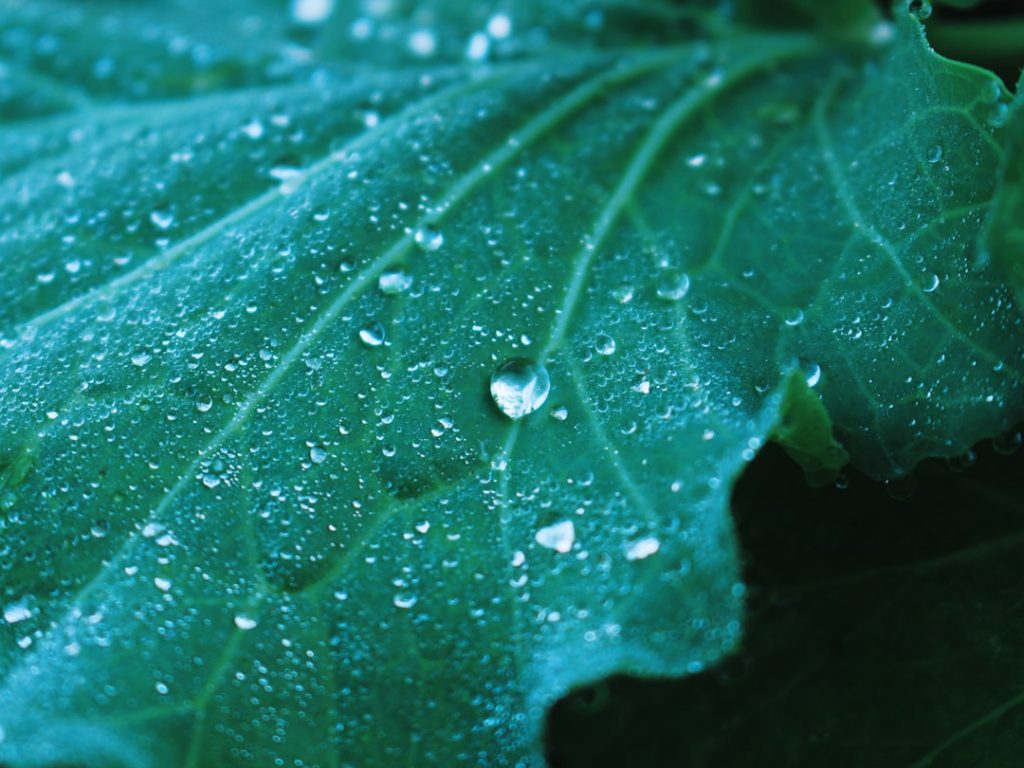Micronesia
(Federated States of Micronesia)
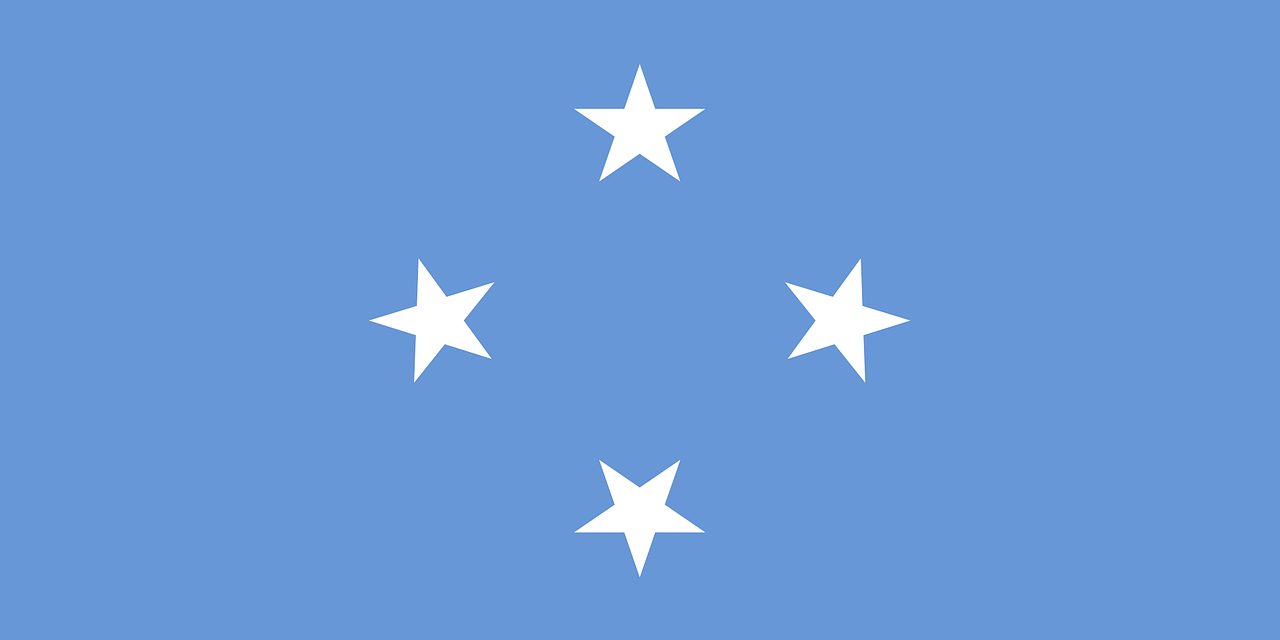
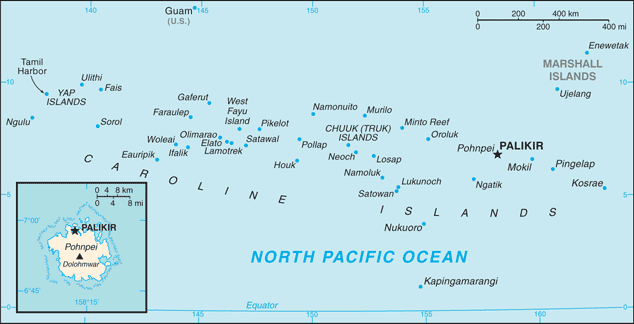

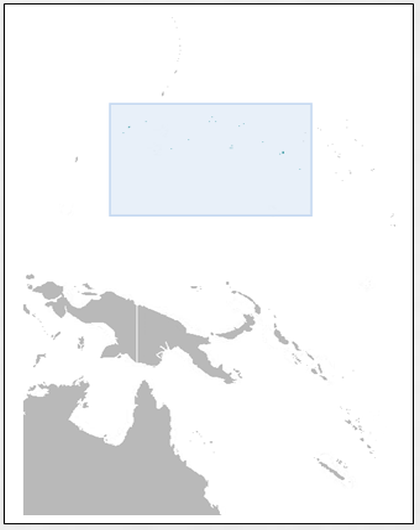
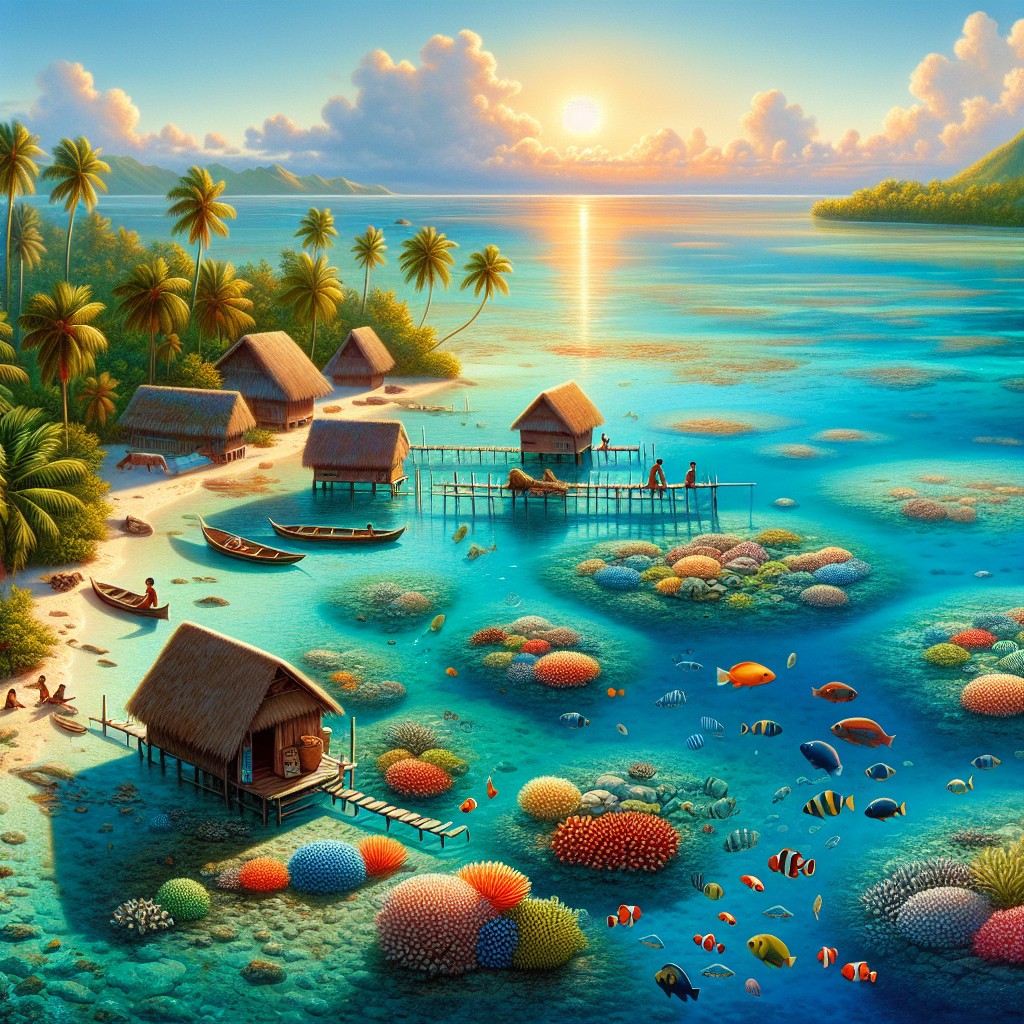
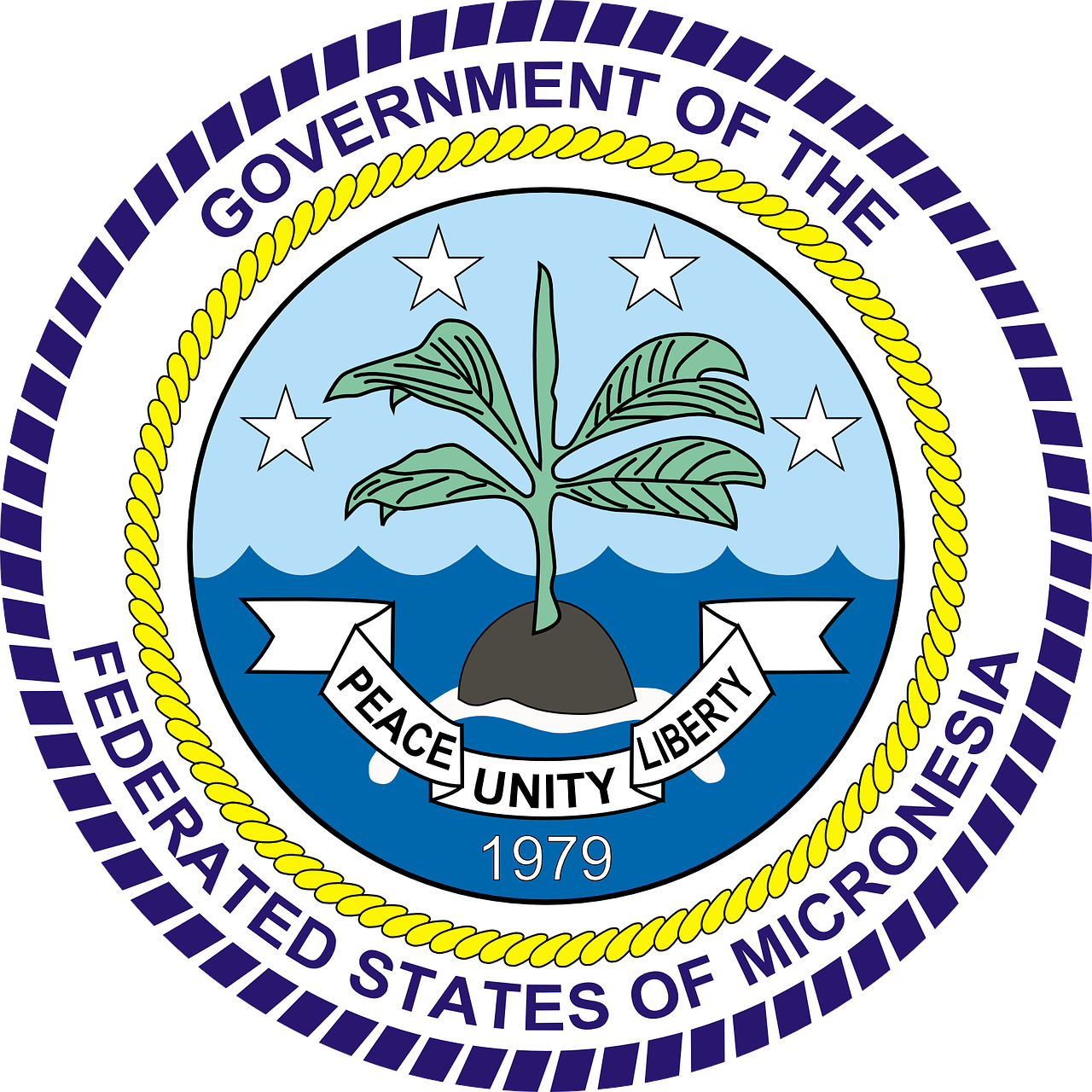
Capital: Palikir
Population (Estimated July 2012): 106,487
Area: 700.9km2 or 270.6mi2
Currency: U.S. Dollar (U.S. $)
Official Language: English
Political Information: Democratic Presidential Republic
Official Religion: No Official Religion (but approximately 52.7% of the population is Roman Catholic, 41.7% is Protestant, 3.6% follower other faiths and 0.8 have no or unspecified beliefs)
Highest Mountain: Mount Dolohmwar 791m or 2,595ft
GDP Official Exchange Rate (OER is more precise at gauging a country’s economic power)
(Estimated 2008): $238.1 million (US$) or (GBP)
GDP (OER) Per Capita (per member of the population estimated 2008): $2,200 (US$) or (GBP)
GDP Purchasing Power Parity (PPP is good for gauging living conditions and the use of resources but is not as accurate as OER. This data has been calculated based on the sum value of all goods and services produced in the country valued at prices prevailing in the United States)
(Estimated 2008): $238.1 million (US$) or (GBP)
GDP (PPP) Per Capita (per member of the population estimated 2008): $2,200 (US$) or (GBP)
Time Zone (GMT/UTC): Between +10:00 and +11:00
Wildlife:
Counties/Provinces/States: 4 states; Chuuk (Truk), Kosrae (Kosaie), Pohnpei (Ponape), Yap
Leaders: President Manny Mori with Vice President Alik L.Alik.
Additional: Gained independence from a US-administered UN trusteeship on the 3rd of November 1986.
Sources: CIA World Fact Book, Encyclopaedia Britannica.
Micronesia
Micronesia is a region in the western Pacific Ocean, comprising thousands of small islands. It is divided into four island groups: the Caroline Islands, the Gilbert Islands, the Mariana Islands, and the Marshall Islands. The Federated States of Micronesia (FSM) is an independent nation within the region, consisting of four states: Yap, Chuuk, Pohnpei, and Kosrae.
The capital city is Palikir, situated on the island of Pohnpei. The population of Micronesia is approximately 100,000 people, with a diverse mixture of ethnicities and languages spoken across the islands. The islands of Micronesia are renowned for their exceptional natural beauty, featuring crystal-clear waters, lush tropical forests, and vibrant coral reefs.
The region possesses a rich cultural heritage, with traditional customs and practices still observed by many of the island communities. Micronesia is also home to a variety of unique flora and fauna, including rare avian species and marine life. The islands have a warm and hospitable atmosphere, making them a favoured destination for tourists seeking a tranquil and idyllic holiday.
Summary
- Micronesia is a region in the western Pacific Ocean, comprising thousands of small islands.
- The climate in Micronesia is tropical, with high humidity and heavy rainfall, and the geography is characterised by coral atolls and volcanic islands.
- The history and culture of Micronesia is rich and diverse, with influences from various indigenous groups and European colonisation.
- The economy of Micronesia is heavily reliant on subsistence farming, fishing, and foreign aid, with limited industrial development.
- Tourism in Micronesia is a growing industry, with opportunities for diving, snorkelling, and cultural experiences attracting visitors.
Geography and Climate of Micronesia
Geography and Climate
The geography of Micronesia is diverse, featuring volcanic islands, coral atolls, and limestone formations throughout the region. The climate is tropical, with warm temperatures and high humidity prevailing throughout the year.
Natural Beauty and Activities
The islands are surrounded by pristine ocean waters, teeming with marine life and offering excellent opportunities for diving and snorkelling. Visitors can explore the vibrant coral reefs, shipwrecks, and an array of marine species.
Challenges and Resilience
The islands experience a wet season from May to November, with heavy rainfall and the occasional typhoon. The dry season runs from December to April, with calmer weather and less precipitation. Despite being prone to natural disasters such as typhoons and earthquakes, which can have a significant impact on local communities, the natural beauty of Micronesia continues to attract visitors from around the world.
History and Culture of Micronesia
The history of Micronesia dates back thousands of years, with evidence of human settlement on the islands as far back as 2,000 BThe islands were originally inhabited by Austronesian peoples, who arrived in the region by boat from Southeast Asia. Over the centuries, the islands were visited by European explorers and traders, leading to the introduction of Christianity and Western influences. In the 19th century, the islands came under colonial rule by various European powers, including Spain, Germany, and Japan.
The culture of Micronesia is diverse and vibrant, with each island group having its own unique traditions and customs. Traditional practices such as canoe building, weaving, and storytelling are still important parts of daily life for many islanders. The people of Micronesia are known for their warm hospitality and strong sense of community, with family and kinship playing a central role in society.
The islands also have a rich oral tradition, with myths and legends passed down through generations.
Economy and Industry in Micronesia
The economy of Micronesia is largely based on subsistence farming and fishing, with many islanders relying on traditional methods to sustain their livelihoods. The islands also have a small but growing tourism industry, with visitors drawn to the region’s natural beauty and unique cultural heritage. In recent years, there has been an increasing focus on sustainable development and eco-tourism in Micronesia, with efforts being made to preserve the fragile ecosystems of the islands.
The government of Micronesia has also been working to attract foreign investment and develop new industries in the region. One area of potential growth is in the fishing industry, with the rich marine resources of Micronesia offering opportunities for commercial fishing and aquaculture. The islands also have potential for renewable energy development, with solar power and wind energy being explored as alternatives to imported fossil fuels.
Despite these efforts, the economy of Micronesia remains relatively small and reliant on external aid and support.
Tourism in Micronesia
Tourism is an important industry for the islands of Micronesia, providing employment opportunities and contributing to the local economy. The region is known for its pristine beaches, clear waters, and diverse marine life, making it a popular destination for scuba diving and snorkelling enthusiasts. Visitors to Micronesia can also explore ancient ruins, traditional villages, and cultural sites, gaining insight into the rich history and heritage of the islands.
One of the main attractions in Micronesia is the ancient city of Nan Madol, located on the island of Pohnpei. This UNESCO World Heritage site is made up of a series of stone platforms and buildings built on artificial islets in a lagoon. The site is shrouded in mystery and legend, with many local stories surrounding its construction and purpose.
Other popular activities for tourists in Micronesia include hiking through lush rainforests, birdwatching, and experiencing traditional dance performances.
Challenges and Issues Facing Micronesia
Climate Change: A Growing Concern
One of the primary issues facing Micronesia is climate change, which has resulted in rising sea levels, increased storm intensity, and coral bleaching in the region. These changes have had a profound impact on the islands’ ecosystems and have threatened the livelihoods of many local communities.
Economic Vulnerability
Another challenge facing Micronesia is its reliance on external aid and support. The islands have limited natural resources and face high transportation costs due to their remote location, making them heavily dependent on foreign assistance. This reliance has made it difficult for the islands to achieve economic self-sufficiency and has left them vulnerable to changes in global aid priorities.
A Precarious Future
The cumulative effect of these challenges poses a significant threat to Micronesia’s future. It is essential for the region to address these issues and develop sustainable solutions to ensure the long-term viability of its ecosystems and communities.
Future Prospects for Micronesia
Despite these challenges, there are reasons for optimism about the future of Micronesia. The islands have a strong sense of community and a rich cultural heritage that can be leveraged to promote sustainable development and eco-tourism. Efforts are being made to preserve the natural environment of Micronesia through conservation initiatives and sustainable resource management.
The government of Micronesia is also working to diversify the economy and attract investment in new industries such as renewable energy and sustainable fisheries. By harnessing its natural resources and cultural assets, Micronesia has the potential to create a unique niche in the global tourism market while preserving its traditional way of life. In conclusion, Micronesia is a region with a rich history, diverse culture, and stunning natural beauty.
While facing challenges such as climate change and economic dependence, the islands have great potential for sustainable development and responsible tourism. With continued efforts to preserve its unique heritage and environment, Micronesia can look forward to a bright future as a peaceful and idyllic destination for travellers from around the world.
FAQs
What is Micronesia?
Micronesia is a subregion of Oceania, consisting of thousands of small islands in the western Pacific Ocean. It is divided into several countries and territories, including the Federated States of Micronesia, Palau, Kiribati, and the Marshall Islands.
What are the main languages spoken in Micronesia?
The main languages spoken in Micronesia are English, Chuukese, Kosraean, Pohnpeian, Yapese, and Palauan. English is widely used for official and educational purposes.
What is the capital of Micronesia?
The capital of the Federated States of Micronesia is Palikir, located on the island of Pohnpei. The capital of Palau is Ngerulmud, while the capital of the Marshall Islands is Majuro.
What is the climate like in Micronesia?
Micronesia has a tropical climate, with high temperatures and humidity throughout the year. The region experiences a wet season from May to November, with the potential for typhoons and heavy rainfall.
What are the main industries in Micronesia?
The main industries in Micronesia include fishing, agriculture, tourism, and the service sector. The region is known for its rich marine biodiversity and attracts tourists for diving and snorkelling activities.
What is the political status of Micronesia?
The Federated States of Micronesia, Palau, and the Marshall Islands are independent nations with their own governments and are also associated with the United States through a Compact of Free Association. Kiribati is a sovereign state with its own government.
Political Boundaries of Micronesia: Provinces, Districts, or Historical Boundaries.
Micronesia is a region in the western Pacific Ocean, comprising thousands of small islands. It is divided into several political entities, including the Federated States of Micronesia (FSM), the Republic of the Marshall Islands, and the Republic of Palau. The region is renowned for its exceptional natural beauty, rich cultural heritage, and distinctive political landscape. Micronesia has a complex history of colonialism, with various European powers, Japan, and the United States exerting influence over different parts of the region. Today, Micronesia represents a blend of traditional island cultures and modern political systems, making it a captivating and diverse area to study. The political boundaries in Micronesia reflect its intricate history and the diverse cultures that inhabit the region. The Federated States of Micronesia comprises four states: Yap, Chuuk, Pohnpei, and Kosrae. Each state has its own government and is further divided into municipalities and districts. The Republic of the Marshall Islands and the Republic of Palau also possess their own unique political boundaries and administrative divisions. These political entities have their own governments and are responsible for managing their own affairs, whilst also maintaining relationships with each other and with external powers. The political boundaries in Micronesia play a crucial role in shaping the region’s governance, economy, and social dynamics. Summary Micronesia is a region in the western Pacific Ocean, comprising thousands of small islands. The political boundaries in Micronesia are complex, with different countries and territories having control over various islands. Micronesia is divided into four states: Yap, Chuuk, Pohnpei, and Kosrae, each with its own government and administrative structure. Within each state, there are further divisions into...
Climate Zones Of Micronesia: Different climate regions Of Micronesia
Micronesia, a region in the western Pacific Ocean, comprises thousands of small islands. The climate in Micronesia is remarkably diverse, with a range of different climate zones present across the various islands. The climate is influenced by the warm waters of the Pacific Ocean, as well as the trade winds that blow across the region. The combination of these factors results in a variety of climate zones, each with its own unique characteristics and weather patterns. From tropical rainforests to subtropical climates, Micronesia offers a wide range of environments for both residents and visitors to experience. Summary Micronesia is a diverse region with a variety of climate zones, each with its own unique characteristics and weather patterns. The Tropical Rainforest Climate in Micronesia is characterised by high temperatures, heavy rainfall, and lush vegetation, making it a haven for biodiversity. The Tropical Savanna Climate in Micronesia features a distinct wet and dry season, with grasslands and scattered trees dominating the landscape. The Tropical Monsoon Climate in Micronesia is marked by a distinct rainy season, bringing heavy rainfall and strong winds to the region. The Tropical Marine Climate in Micronesia is influenced by the surrounding ocean, resulting in warm temperatures, high humidity, and frequent rainfall. Tropical Rainforest Climate in Micronesia Characteristics of the Tropical Rainforest Climate One of the climate zones present in Micronesia is the tropical rainforest climate, characterised by high temperatures and heavy rainfall throughout the year. The islands that experience this climate zone are lush and green, with dense vegetation and a wide variety of plant and animal species. Flora and Fauna in the Tropical Rainforest The high...
History of Micronesia
Micronesia, a region in the western Pacific Ocean, has a rich history of early settlement and colonisation. The islands of Micronesia were first settled by Austronesian peoples around 1500-1000 BCE, who migrated from Southeast Asia and brought with them their unique culture and language. These early settlers were skilled navigators and seafarers, using traditional outrigger canoes to traverse the vast expanse of the Pacific Ocean. They established thriving communities on the islands, engaging in fishing, agriculture, and trade with neighbouring islands. European explorers first made contact with the islands of Micronesia in the 16th century, when Spanish navigator Ferdinand Magellan sighted the islands during his circumnavigation of the globe. Subsequent Spanish expeditions led to the colonisation of the region, with the Spanish establishing control over the islands in the late 19th century. The Spanish influence on Micronesia was profound, as they introduced Christianity, Spanish language, and European customs to the indigenous population. However, Spanish rule was short-lived, as the islands were sold to Germany in 1899 as part of the Treaty of Paris, marking the beginning of a new era of colonisation for Micronesia. The German colonial period brought significant changes to the islands, as the Germans sought to exploit the natural resources and establish plantations for copra and other cash crops. The indigenous population endured harsh labour conditions and were subjected to forced labour and cultural assimilation. Despite these challenges, the German influence on Micronesia can still be observed today in the architecture, language, and cultural practices of the region. The legacy of early settlement and colonisation continues to shape the identity and development of Micronesia to this...
Terrain and Topography of Micronesia: mountains, valleys, and plains.
Micronesia, a region in the western Pacific Ocean, comprises thousands of small islands and atolls. The terrain and topography of Micronesia are remarkably diverse, ranging from mountainous islands to low-lying atolls. The islands form part of the larger volcanic archipelago known as the Micronesian Islands, which includes the Caroline Islands, the Marshall Islands, and the Mariana Islands. The topography of Micronesia is shaped by its volcanic origins, with many of the islands having been formed by volcanic activity. The region’s terrain is characterised by rugged mountains, deep valleys, and coastal plains, making it a unique and fascinating area to explore. The diverse terrain of Micronesia results from its volcanic origins and tectonic activity. The islands are situated on the Pacific Ring of Fire, a region renowned for its high levels of seismic and volcanic activity. This has led to the formation of rugged mountain ranges, deep valleys, and coastal plains across the region. The islands are also surrounded by vast stretches of ocean, with many of them being low-lying atolls that are barely above sea level. This distinctive combination of volcanic activity and oceanic influences has created a diverse and dynamic landscape that is unlike any other in the world. Consequently, Micronesia’s terrain and topography are not only visually striking but also play a crucial role in shaping the region’s culture and society. Summary Micronesia’s terrain is diverse, with mountain ranges, valleys, lowlands, and coastal plains. The mountain ranges of Micronesia are home to unique flora and fauna, some of which are found nowhere else in the world. The valleys and lowlands of Micronesia are important for agriculture and...
Natural Resources of Micronesia: Where Natural Resources are Located in Micronesia
Micronesia, a region in the western Pacific Ocean, comprises thousands of small islands and is renowned for its abundant natural resources. The country’s natural assets include agricultural land, fisheries, mineral deposits, forests, water resources and renewable energy sources. These resources are integral to the economy and livelihoods of Micronesian citizens. The diverse natural wealth of Micronesia forms the basis for the country’s economic development and sustainability. However, proper management and conservation of these resources are essential to ensure their long-term availability and to mitigate the effects of climate change and environmental degradation. Micronesia’s natural resources are crucial for the country’s food security, economic growth and environmental sustainability. The Micronesian government acknowledges the importance of these resources and has implemented policies and programmes to manage and conserve them. Nevertheless, challenges such as climate change, overexploitation and pollution continue to threaten the sustainability of these resources. Therefore, it is imperative for Micronesia to adopt sustainable practices and conservation measures to safeguard its natural resources for future generations. This article will examine the various natural resources in Micronesia, their significance, challenges and conservation efforts. Summary Micronesia is rich in natural resources, including agriculture, fisheries, minerals, forests, water, and renewable energy sources. Agriculture and fisheries are vital to the economy of Micronesia, providing food and livelihoods for the local population. While Micronesia has limited mineral resources, there are opportunities for sustainable development and extraction of minerals. Forest resources in Micronesia are important for biodiversity, carbon sequestration, and traditional uses by local communities. Water resources in Micronesia are essential for drinking water, agriculture, and ecosystem health, but they face challenges such as pollution and...
Cultural or Historical Sites of Micronesia: Important Cultural Landmarks or Historical Sites in Micronesia
Micronesia is a region in the western Pacific Ocean, comprising thousands of small islands. It is divided into four island groups: the Caroline Islands, the Gilbert Islands, the Mariana Islands, and the Marshall Islands. The Federated States of Micronesia is a sovereign nation consisting of four states: Yap, Chuuk, Pohnpei, and Kosrae. The islands are renowned for their exceptional natural beauty, rich cultural heritage, and significant historical sites. The warm tropical climate, pristine waters, and diverse marine ecosystems make Micronesia an ideal destination for snorkelling, diving, and various aquatic activities. The islands also boast a unique and diverse culture, influenced by various indigenous groups as well as Spanish, German, Japanese, and American colonial powers. The history of Micronesia is as complex and diverse as its culture. The islands have been inhabited for millennia, with evidence of ancient civilisations found throughout the region. From prehistoric ruins to World War II historical sites, Micronesia offers a wealth of historical and cultural attractions for visitors to explore. The islands are also known for their distinctive traditional practices, such as the use of stone money on the island of Yap. With its remarkable natural landscapes and rich cultural heritage, Micronesia presents a truly unique destination that caters to a wide range of interests. Summary Micronesia is a region in the western Pacific Ocean, comprising thousands of small islands. The Nan Madol Ruins are a UNESCO World Heritage site and consist of a series of artificial islets made of basalt columns. The Lelu Ruins are the remains of an ancient city and the former capital of the island of Kosrae. The Latte Stone Sites...
Population Density of Micronesia
Micronesia is a region in the western Pacific Ocean, comprising thousands of small islands. It is divided into several island groups, including the Caroline Islands, the Marshall Islands, and the Mariana Islands. The region is renowned for its exceptional natural beauty, featuring crystal-clear waters, lush tropical forests, and diverse marine life. The people of Micronesia possess a rich cultural heritage, with distinctive traditions, languages, and customs that have been transmitted through generations. The economy of Micronesia is predominantly based on agriculture, fishing, and tourism, with an increasing emphasis on sustainable development and environmental conservation. Micronesia is a relatively small region in terms of land area, yet it is home to a diverse and vibrant population. The islands of Micronesia are inhabited by people of various ethnicities, including indigenous Micronesians, as well as migrants from other Pacific islands and countries. The population of Micronesia is distributed across numerous islands, each with its own unique characteristics and challenges. Consequently, population density varies widely across the region, with some islands being densely populated whilst others are sparsely inhabited. This diversity in population density has significant implications for the social, economic, and environmental dynamics of Micronesian society. Summary Micronesia is a region in the western Pacific Ocean, comprising thousands of small islands. Population density is the measurement of population per unit area, often expressed as people per square kilometre. Micronesia has experienced fluctuations in population density due to historical events such as colonialism and World War II. Factors affecting population density in Micronesia include limited land availability, economic opportunities, and migration patterns. High population density in Micronesia has led to challenges such as...
Discovering the Hidden Gems of Micronesia: A Journey Through the Pacific’s Best-Kept Secret
Nestled in the western Pacific Ocean, Micronesia is a hidden gem waiting to be discovered. Comprising thousands of islands spread across the vast expanse of the Pacific, Micronesia is a paradise for those seeking untouched beauty, rich culture, and incredible underwater adventures. Despite its stunning landscapes and unique cultural heritage, Micronesia remains relatively unknown to many travellers, making it the perfect destination for those looking to escape the crowds and explore a truly off-the-beaten-path destination. Summary Micronesia is a hidden gem in the Pacific that offers untouched beauty, rich culture, and warm hospitality. The islands of Micronesia boast some of the best snorkelling and diving spots in the world, with crystal-clear waters and diverse marine life. Micronesia is a nature lover’s paradise, with a unique flora and fauna that includes rare species found nowhere else on earth. The cuisine of Micronesia is a culinary adventure, with a fusion of Asian, Pacific, and European influences that create a delicious and unique dining experience. Micronesia’s festivals and traditions are a celebration of life, with colourful parades, music, and dance that showcase the vibrant culture of the islands. Uncovering the Untouched Beauty of Micronesia’s Islands Micronesia is home to a myriad of islands, each with its own distinct charm and natural beauty. From the lush greenery of Pohnpei to the pristine white sand beaches of Palau, there is something for every type of traveller in Micronesia. What sets these islands apart from other tropical destinations is their untouched nature. Many of the islands have limited infrastructure and are largely undeveloped, allowing visitors to experience a sense of tranquility and seclusion that...


